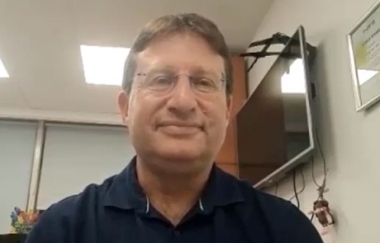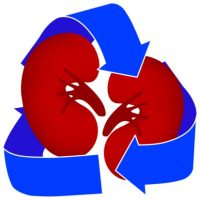By William Langbein
NEW YORK (Reuters Health) – Prescription drug benefits and overall health plan costs are projected to rise in the double digits next year, according to a survey by benefits consulting firm The Segal Company.
Segal forecasts that retail prescription drug coverage should experience a 19.4% trend rate increase for active members and retirees under age 65 and a 20.5% trend rate for retirees over the age of 65. (The trend rate reflects the average forecasted change in health plans' per capita claims costs.) Mail order prescription costs are expected to climb 18.8% in 2002, according to Segal.
Last year, Segal forecast an approximate 20% trend rate increase but the survey's findings through September 11 indicated prescription drug costs had risen 15.2% in 2001.
"Increased patient awareness because of direct-to-consumer (DTC) advertising is a major driver," Sean Brandle, a senior health consultant with Segal, told Reuters Health. "Our clients have noticed an increased level of prescribing by physicians and most of it appears to result from patients requesting newer and better drugs."
As an example, Brandle pointed to the increase in prescriptions of COX-2 pain inhibitors such as Merck & Co.'s Vioxx (rofecoxib) and Celebrex (celecoxib), marketed by Pfizer, Inc. and Pharmacia. Because of DTC advertising, arthritis patients are insisting physicians prescribe COX-2 inhibitors instead of less expensive nonsteroidal anti-inflammatory drugs (NSAIDs), said Brandle. COX-2 inhibitors reportedly are associated with fewer gastrointestinal side effects and patients are demanding the better, but more expensive, drugs.
To hold down the rise in prescription drug costs, Brandle said that more plans are increasing co-payment amounts across the board, such as a jump to $15 per prescription from $10 per prescription. Health plans have yet to widely implement an option that would require, for example, a $30 co-payment for a COX-2 inhibitor and a $10 co-payment for an NSAID. But health plans and pharmacy benefit management (PBM) firms are considering many different options to hold down costs, said Brandle.
Among the other reasons cited by Segal for rapidly rising drug costs was the greater reliance on drug therapy by the physician community. An aging workforce also contributed to higher costs, as did improved techniques and technology to detect and diagnose diseases. As more patients are diagnosed correctly, more prescriptions are written.
Individual utilization rates (the number of prescriptions dispensed per participant) also continue to play a role in trend rate increases, but utilization rates appear to be leveling off, according to Segal.
The survey forecast that overall medical cost trend rates for 2002 will rise 16.4% for non-network fee-for-service plans, 14% for PPOs, 13.5% for point-of-service plans and 12.8% for HMOs. The medical cost trend rates in 2002 are projected to be 1 to 3 percentage points higher than Segal's 2001 projections.
The prescription drug increases are factored into the medical cost projections. In 2002, prescription drugs are expected to comprise 18% of the total medical cost, up from 10% in 1995.
In addition to rising drug costs, Segal attributed the increase in medical costs to the managed care industry's response to political and provider pressure. Managed care plans are raising provider reimbursement levels and liberalizing plan rules for participants, said Segal.
The firm surveyed approximately 150 payers across the country, which individually provide care to memberships between 100 and 50,000 covered lives.



















השאירו תגובה
רוצה להצטרף לדיון?תרגישו חופשי לתרום!